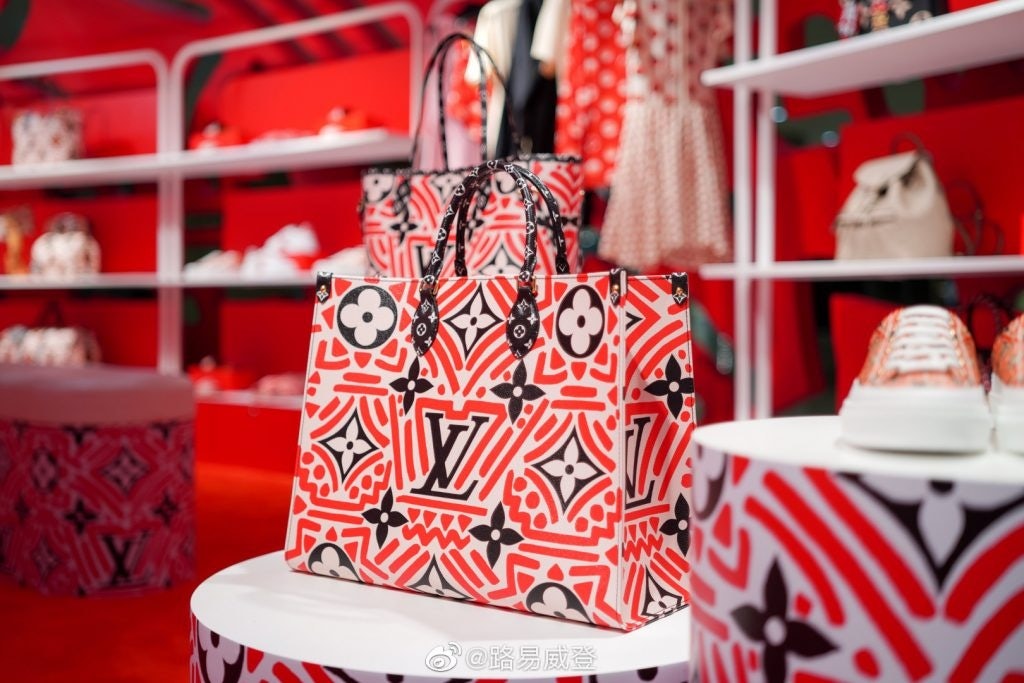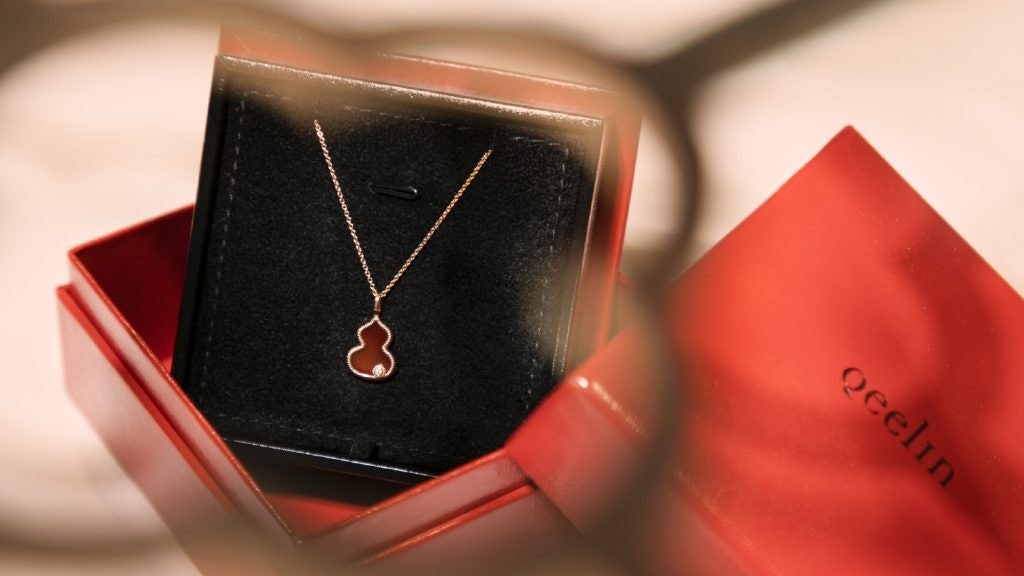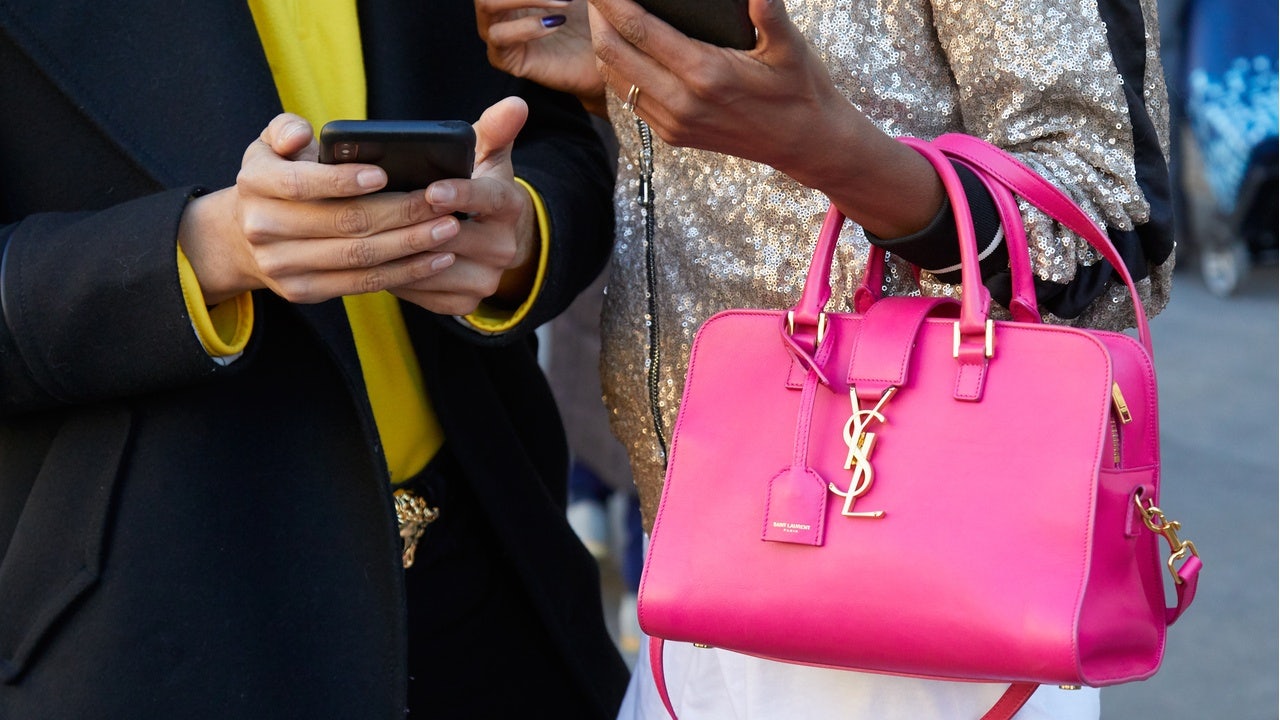Key Takeaways:#
Luxury is associated with exclusivity, but the democratization of luxury has reframed the meaning of scarcity. For example, Louis Vuitton’s Lunar New Year and Chinese Valentine’s Day collections reinforce the desire to own an item that is not widely available.
Building anticipation and creating social hype can be leveraged into a heightened brand image. In fact, exclusive partnerships, such as The North Face x Gucci collab, are not primarily about generating sales but more about increasing brand equity.
User-generated content offers luxury brands an opportunity to project an enviable lifestyle within their communities. Some brands even provide incentives for consumers to create and share content, like how YSL gives its customers rewards when posting images with YSL items.
Zhang Wei, a marketing executive in Shanghai, has has acquired an impressive collection of designer handbags. Her aspiration to always own the latest designs and brands is rooted in the social psychology called the fear of missing out (FOMO or 错失恐惧症).
The need to follow or catch up on trends is not new, but FOMO stirs highly intense emotions such as regret, disappointment, anger, and anxiety. Wei belongs to a generation raised on FOMO — one that is always connected and engaged. For them, the notion of fear is embedded in the need to belong and has become a signature behavior. Here, Jing Daily has outlined five ways luxury brands can tap into this FOMO to increase brand desirability.
The lucky few#
Luxury is associated with exclusivity, but the democratization of luxury has reframed the meaning of scarcity. For example, Louis Vuitton is still known as a "brand for secretaries" in China. Yet, limited-edition launches, such as Louis Vuitton’s Lunar New Year and Chinese Valentine’s Day collections, reinforce the desire to own an item that is not widely available. In other words, these become “must-have” items that elevate the owner’s status above the masses.

Hype sensation#
Building anticipation and creating social hype can be leveraged into a heightened brand image. Exclusive partnerships like Louis Vuitton x League of Legends or The North Face x Gucci are not primarily about generating sales but more about increasing brand equity. Brand content is communicated and amplified via key opinion leaders (KOLs) who ensure social validation. High exposure with limited penetration equates "coolness" for those in the know.
Beat the clock#
A limited time for sales creates a sense of urgency to take advantage of the offer. Singles' Day is not just about saving money on purchases — there is a sense of competitive rivalry and, ultimately, is about not losing out. The example of the KOL Mr. Bags selling exclusive collections that sell out on WeChat in minutes or his Qeelin x Mr. Bags collection in seconds is a deliberate tactic that puts pressure on consumers to beat the clock. This dynamic “buy now to avoid disappointment” tactic also drives the increasing success of luxury e-commerce livestreaming.

Loyalty rewards#
Loyalty programs lock customers into brand relationships because loyalty status offers them preferential rewards. Tiered loyalty programs, particularly those for beauty brands like Sephora’s Pink, White, Black, and Gold levels, provide incentives for customers to access higher value rewards. Experiential benefits are more common for higher-tiered members, such as Clarin's Platinum level, which includes exclusive invitations to VIP events, beauty workshops, and free facial or body treatment.
Peer envy#
Chinese consumers spend hours fixated on social media to provide them with insight and inspiration on their peers' luxury lifestyles. User-generated content offers luxury brands an opportunity to project an enviable lifestyle within their communities. Images or videos of consumers showcasing a new designer bag, traveling abroad, or driving a sports car can impact peer pressure, and brands can provide incentives for consumers to create and share content. For example, YSL gives its customers rewards when they post images wearing their YSL items.
Social pressures coupled with rising aspirations will mean that FOMO will continue to influence consumer behavior in China. However, marketers should keep an open mind about future developments since some current consumers are now actively choosing to disconnect via the Joy of Missing Out (JOMO), which resonates with less conformist attitudes. It's a reminder that brand executives should carefully watch the evolving emotions of luxury consumption.
Special thanks to Songxin Xue.
Glyn Atwal is an associate professor at Burgundy School of Business (France). He is co-author of Luxury Brands in China and India (Palgrave Macmillan).


